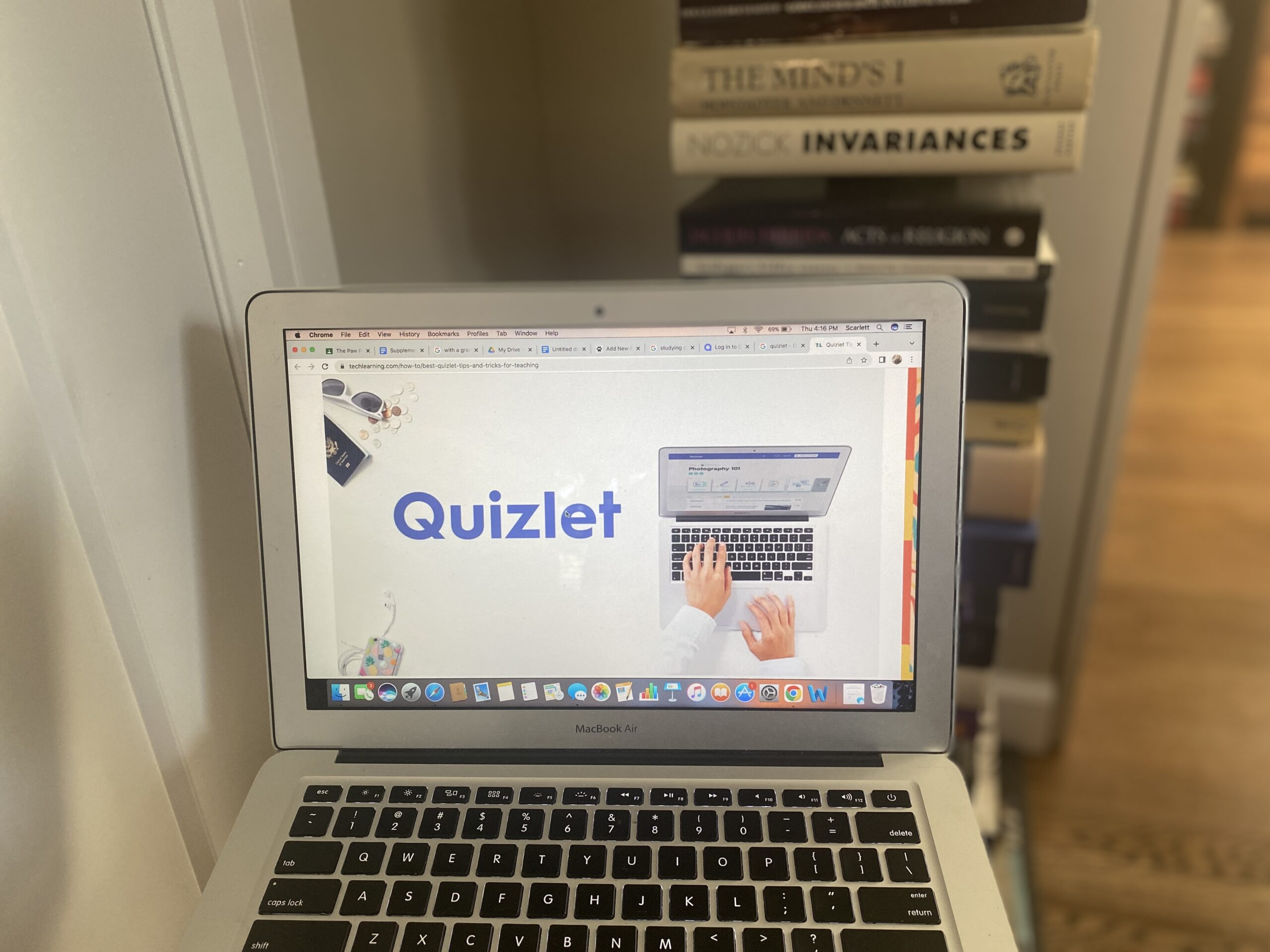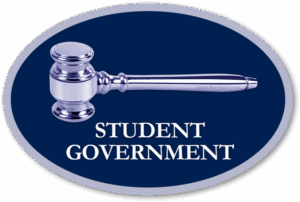by Scarlett Downes
As a Senior at IHS, it’s safe to say that I’ve taken a rather generous amount of hard, stressful exams. Ranging from world language, to math, to history, to various different fields of science, I’ve spent hours upon hours trying to wrap my head around quite a few nearly incomprehensible concepts. Throughout the past few years, I’ve been able to carefully curate a small number of studying methods that I’ve found to be most effective through trial, and lots of error.
For subjects/exams that are more term and memorization based, my favorite mode of studying is the widely known and loved, Quizlet. Other than the fact that that company recently made it so that you have to pay a yearly fee in order to get a few extra “fancy” features, which I think are unnecessary, Quizlet has been a reliable resource for all students for years. The only requirement is that you have some sort of electronic device, as it is an online learning platform. My favorite feature of Quizlet is the basic yet effective flashcard feature. I’ve made my fair share of tangible flashcards on index cards, with the hope that actually writing out the information and seeing it in my own handwriting would make the knowledge more ingrained in my brain. In theory, physical flashcards should be preferable for this reason; however, I’ve found that when I’m on the move, which is quite often, they are impractical. When you make flashcards using Quizlet, the possibility of losing a flashcard, forgetting your deck, and/or spilling your cards goes away. For better or worse, we are in a highly digital world where, especially as a student, using technology is practically inevitable. If we’re already using electronic devices for learning in school, why not try using Quizlet to study? It’s convenient, practical, and, since it creates zero paper waste, better for the environment.
Another great way to study is by watching Youtube videos made by experts of specific subjects. Sometimes, when I get home from a long day of school and begin a homework assignment, I find myself tragically lost, especially if it’s for a class that I had in early in the morning. After a brief period of aimlessly racking my brain for any sign of life of the topic, I know exactly what I need to do to bring myself out of my misery. I turn to Youtube and search for a trustworthy looking creator who can re-explain the material taught in class that day. For history, I’ve found that the best channels are CrashCourse with John Green, Heimler’s History, and Freeman-Pedia. The only catch with these videos is that they speak very fast, so if you want to take notes, you might need to slow the video down to .75x speed. For math and science, I’ve found that the best videos usually come from Khan Academy. These videos are well paced, thorough, and align well with the curriculum of most classes.
While I use these two ways of studying most frequently, some other efficient methods that I feel are worth mentioning are simply rereading class notes, redoing problems, and finding pre-made online study guides and materials. My most recent discovery is Knowt, which provides online guides and materials for all AP and IB classes, as well as for exams like the SAT and ACT.
At the end of the day, everyone has different methods of studying that work for them. The way in which people study is very personal. It takes a while to learn what works, and what doesn’t. The most important thing to remember is to be patient with yourself, and to keep trying new methods until you find what is best for you.






Be First to Comment